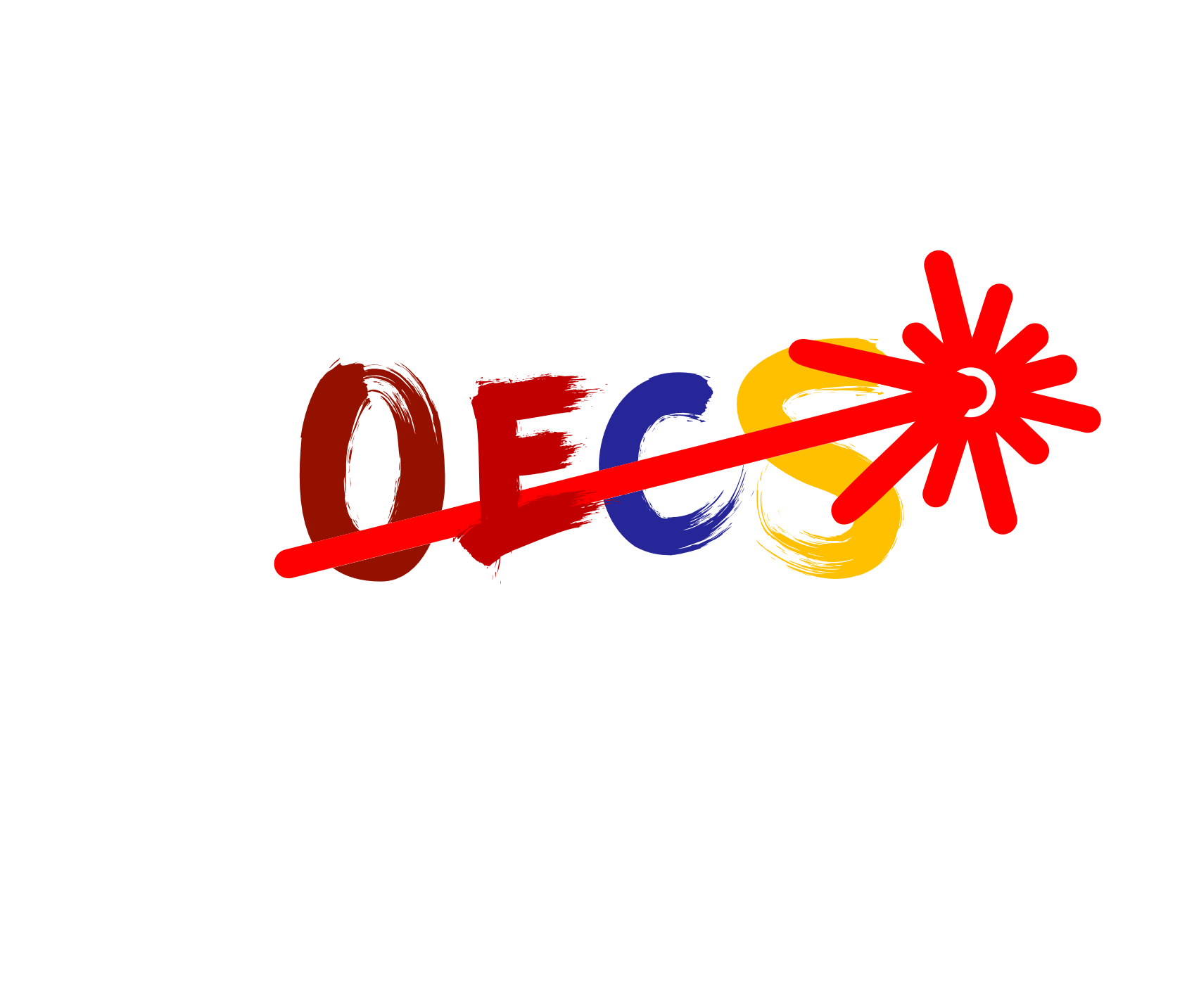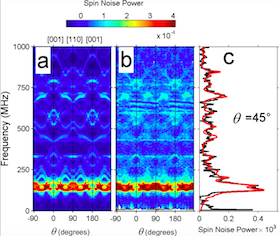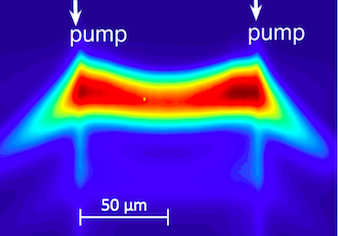Rechercher
Accueil > La Recherche > Axes & Equipes > Physique de l’Exciton, du Photon & du Spin > Optique des états collectifs et des spins (OECS)
Optique des états collectifs et des spins (OECS)

Responsable : Christelle Brimont
Membres actuels
ARISTEGUI Rémi (Doctorant)
BRETAGNON Thierry (Enseignant Chercheur)
BRIMONT Christelle (Enseignante Chercheuse)
CRONENBERGER Steeve (Enseignant Chercheur)
DEVELAY Valentin (Doctorant)
DOYENNETTE Laetitia (Enseignante Chercheuse)
GRIBAKIN Boris (Doctorant)
GUILLET Thierry (Enseignant Chercheur)
LEFEBVRE Pierre (Chercheur)
SCALBERT Denis (Chercheur)
VLADIMIROVA Maria (Chercheuse)
Domaines de Recherche
L’équipe "Optique des états collectifs et des spins (OECS)" développe son activité autour de 3 thèmes de recherche, en s’appuyant sur les plateformes expérimentales de l’axe PEPS.
| Physique du spin | Etats quantiques collectifs | Photonique et matériaux à grand gap |
Nos projets financés incluent :
- IXTASE (ANR project, 2021-2024) : Indirect eXciTons for emerging quAntum StatEs
- DINAMITE ("Quantum Technology in Region Occitanie" project, 2021-2024) : DIpolar excitons hosted by Nitride-bAsed heterostructures for eMergIng quantum staTEs (funded PhD student : Rémi Aristégui)
- NEWAVE (ANR project, 2022-2025) : New concepts for polaritonic GaN-based waveguide micro- and nano-lasers
- Comb-on-GaN (Labex Ganext project, 2020-2024) : Integrated photonics for fluids of light, from visible to near-infrared
- QFluidesPolaritons (Region Occitanie project, 2020-2023) : Fluides quantiques de lumière pour la photonique intégrée : dispositifs à polaritons guidés (funded PhD student : Hassen Souissi)
- CONUS (ANR-Russian Science Fundation project, 2022-2025) : COrrelated NUclear Spin states in n-GaAs and nanostructures
- Bourse Vernadski (Ambassade de France en Fédération de Russie, 2021-2025, funded PhD Boris Gribakin)
Thèses en cours
- Boris Gribakin (2021-2024), thèse en co-tutelle avec St-Petersburg University : Spin diffusion of electrons and excitons in semiconductors studied by spin noise and pump-probe spectroscopy
- Valentin Develay (2022-2025) : Waveguide polariton lasers
Thèses récentes
- Hassen Souissi (2020-2023) : Quantum fluids of light for integrated photonics : waveguide polariton devices
- Rémi Aristégui (2021-2024) : Dipolar excitons hosted by nitride-based heterostructures for emerging quantum states
Nous rejoindre
Plusieurs possibilités de stages, thèses et post-doctorats sont offertes au sein des équipes, parmi lesquelles :
- Stage, thèse : Optical spectroscopy of indirect excitons
- Stage de master M1 et M2 : Lasers à polaritons de guide d’onde : Solitons et Lasers topologiques
- Thèse 2025-2028 : Lasers à polaritons de guide d’onde : Solitons et Lasers topologiques, candidature sur le site web de l’école doctorale EDI2S
Toutes les productions
Dernières publications

|
Molecular beam epitaxy of GaN/AlGaN quantum wells on bulk GaN substrate in the step-flow or step meandering regime: Influence on indirect exciton diffusion  Auteur(s): Damilano B., Aristégui R., Teisseyre H., Vézian S., Guigoz V., Courville A., Florea I., Vennéguès P., Bockowski M., Guillet T., Vladimirova M.
(Article) Publié:
Journal Of Applied Physics, vol. 135 p. (2024)
Texte intégral en Openaccess : |

|
Mode-locked waveguide polariton laser  Auteur(s): Souissi H., Gromovyi M., Septembre I., Develay V., Brimont C., Doyennette L., Cambril E., Bouchoule S., Alloing B., Frayssinet E., Zúñiga-Pérez J., Ackemann T., Malpuech G., Solnyshkov D., Guillet T.
(Article) Publié:
Optica, vol. 11 p.962 (2024)
Texte intégral en Openaccess : |

|
Genuine and faux single G centers in carbon-implanted silicon  Auteur(s): Durand A., Baron Y., Cache F., Herzig Tobias, Khoury Mario, Pezzagna Sébastien, Meijer Jan, Hartmann Jean-Michel, Reboh Shay, Abbarchi Marco, Robert-Philip I., Gérard Jean-Michel, Jacques V., Cassabois G., Dréau A.
(Article) Publié:
Physical Review B, vol. 110 p.L020102 (2024)
Texte intégral en Openaccess : |












